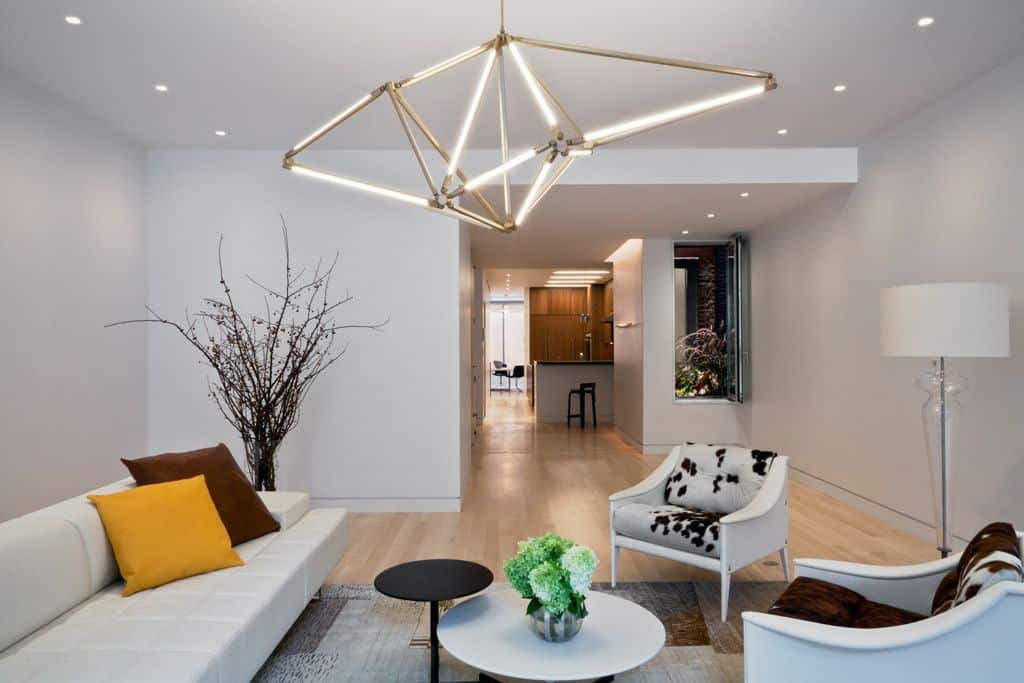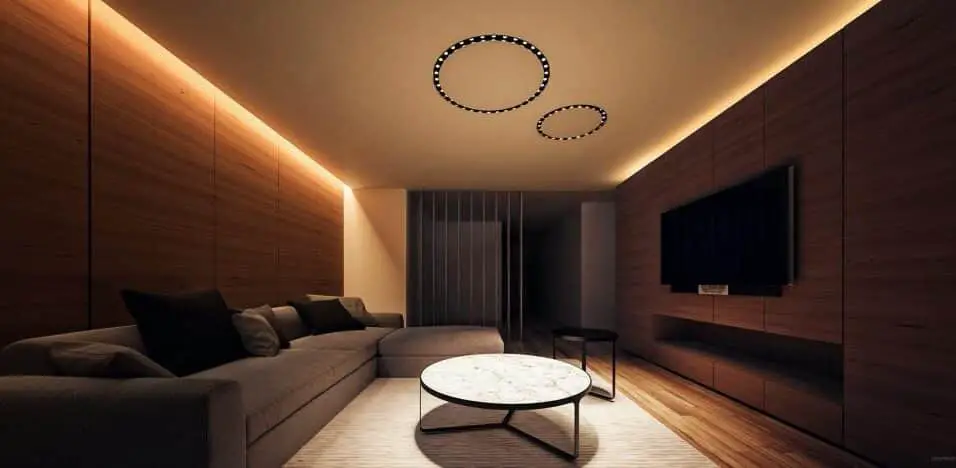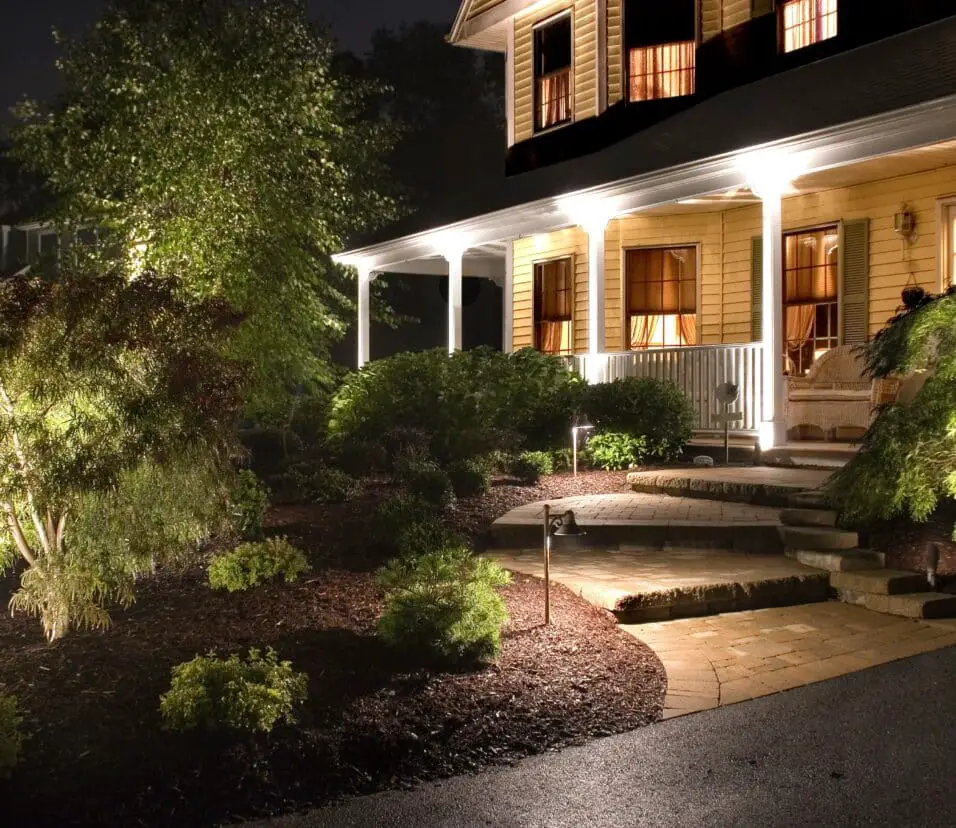How Much Do Lighting Designers Make
Introduction
How Much Do Lighting Designers Make: Understanding the proper procedure for measuring water supply line size is essential for anyone involved in plumbing or water-related projects. Precise measurements ensure the efficiency and optimal functioning of water distribution systems. In this guide, we present three distinct introductions that explore various approaches to accurately determine the dimensions of water supply lines.
If you’re engaged in plumbing tasks or planning to undertake water-related projects, knowing how to interior design measure water supply line size correctly is paramount. The accuracy of these measurements directly impacts water flow and system performance. Within this guide, you will find three paraphrased introductions, each shedding light on different methods to achieve precise measurements.
Whether you’re a professional plumber or a DIY enthusiast, mastering the art of measuring water supply line size is fundamental to the success of your projects. With improperly sized water lines, you risk reduced water pressure and compromised functionality. Delving into this topic, we present three paraphrased introductions that delve into various techniques for determining water supply line size accurately.
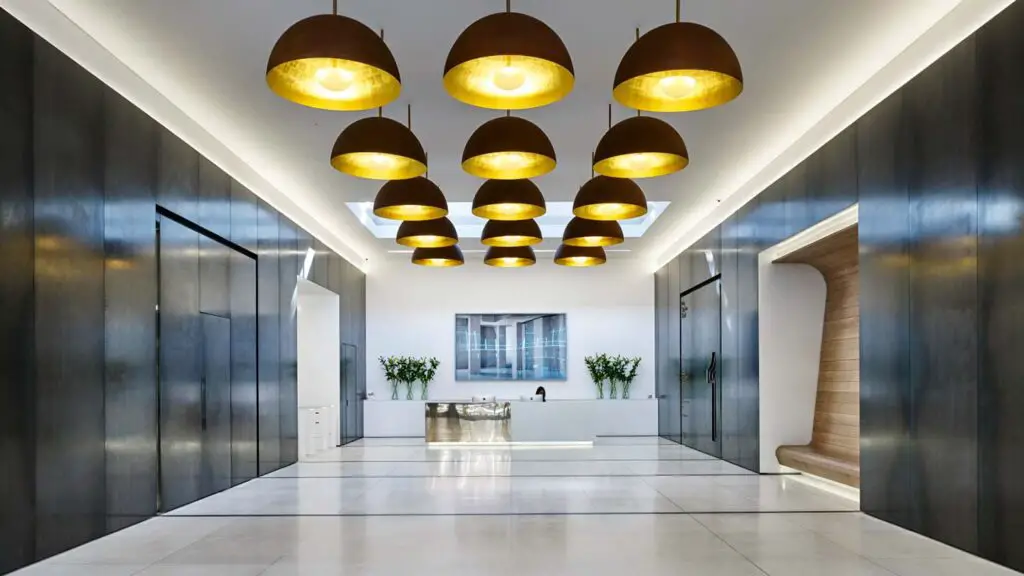
Is it hard to be a Lighting Designer?
Before becoming a Lighting Designer, you should know that it’s not all glamour. Not only is the path to becoming a Lighting Designer full of hard work, but also once you become one, the grind isn’t over. You have to be willing to work long-nights and weekends. It’s not uncommon to work 18 hours.
Being a lighting designer can be both rewarding and challenging, requiring a unique set of skills and creativity. While the profession offers numerous opportunities for artistic expression, it also comes with its fair share of difficulties.
Firstly, a lighting designer must possess a deep understanding of the technical aspects of lighting, including various fixtures, control systems, and their integration with other elements of a production or space. This requires continuous learning and keeping up with the latest advancements in lighting technology.
Additionally, collaboration is a significant aspect of the job. Lighting designers often work closely with architects, interior designers, directors, and other professionals to bring their vision to life. Effective communication and compromise are essential to successfully execute the intended design.
How do you become a Lighting Designer?
While you’ll gain most of your experience on the job, schooling can help lay the foundation for your career as a lighting designer. Some universities offer bachelor’s degrees in lighting design. You may also benefit from coursework in the fields of engineering, architecture, film, and art. Gain entry-level experience.
Becoming a lighting designer involves a combination of education, training, experience, and a passion for creative expression through light. Lighting designers play a crucial role in various industries, including theater, film, architecture, interior design, concerts, and events. Here are the steps to pursue a career as a lighting designer:
Education
Start by obtaining a formal education in lighting design or a related field. Pursue a degree in theater design, interior design, or electrical engineering with a focus on lighting.
Gain Experience
Practical experience is vital in this field. Seek internships, apprenticeships, or entry-level positions with professional lighting design companies or theaters to learn hands-on skills and build your portfolio.
Master Lighting Software
Familiarize yourself with industry-standard lighting software used for design and visualization. Software like AutoCAD, Dialux, or Capture can help you create detailed lighting plans.
Stay Updated
Keep yourself informed about the latest lighting technologies and trends. Attend workshops, seminars, and conferences to expand your knowledge and network with industry professionals.
Build a Portfolio
As you gain experience, document your work and create a strong portfolio showcasing your lighting designs and projects. This portfolio will be essential when applying for jobs or freelance work.
What is the scope of work for lighting designer?
A Lighting Designer will work with the Director, Artistic Director and/or Lighting Technicians to create the visuals for lighting, lasers, strobes, spots and sometimes video screens for a performance.
Their role often begins with conducting thorough site assessments and understanding the project’s purpose, whether it’s for residential, commercial, theatrical, or outdoor spaces. Based on this information, the lighting designer develops a comprehensive lighting plan that includes fixture selection, placement, and lighting control systems.
Incorporating both aesthetic and technical aspects, the lighting designer ensures the correct color temperature, intensity, and direction of light to achieve the desired visual effects while meeting safety and energy efficiency standards. They may also incorporate natural light considerations to balance with artificial lighting.
Why hire a lighting designer?
A thoughtful lighting designer brings more value to the project than meets the eye, including a level of professionalism, service, focus, and organization to an otherwise complicated and, at times haphazard, design and procurement process.
Hiring a lighting designer is a decision that can significantly impact the overall ambiance, aesthetics, and functionality of any space. While many individuals and businesses might consider DIY approaches or opt for standard lighting solutions, there are compelling reasons why enlisting the expertise of a lighting designer is well worth the investment.
First and foremost, a lighting designer possesses a deep understanding of the interplay between light and architecture. They have the expertise to assess a space’s unique characteristics and develop a customized lighting plan that maximizes its potential. Whether it’s a residential home, commercial establishment, or outdoor landscape, a lighting designer can create a captivating atmosphere that aligns with the client’s vision and objectives.
Moreover, lighting designers are well-versed in the latest lighting technologies and trends. They can recommend energy-efficient options that reduce utility costs and have a positive impact on the environment. This knowledge ensures that the lighting design not only enhances the space aesthetically but also contributes to sustainability goals.
Is a lighting designer an engineer?
Architectural lighting designers combine the knowledge of art, science, engineering, physiology, psychology, and business to provide high-quality illumination to improve the visual appeal, environmental performance, and social equity of places and buildings.
A lighting designer and an engineer are distinct professions, each with its own specialized set of skills and responsibilities within the field of lighting design and implementation. While both may be involved in designing lighting systems, their approaches and focuses differ significantly.
A lighting designer is primarily concerned with the artistic and aesthetic aspects of lighting. They work closely with architects, interior designers, or event planners to create visually appealing and atmospheric lighting schemes. Their expertise lies in understanding how lighting can influence the ambiance, mood, and visual impact of a space or event. Lighting designers consider factors such as color, intensity, positioning, and shadows to achieve their artistic vision.
On the other hand, an engineer, often an electrical or architectural engineer, is more involved in the technical aspects of lighting design. They focus on the practicalities of implementing lighting systems, considering factors like electrical load calculations, energy efficiency, wiring, and safety regulations. Engineers ensure that lighting systems are properly integrated into the overall infrastructure of a building or venue and comply with building codes and industry standards.
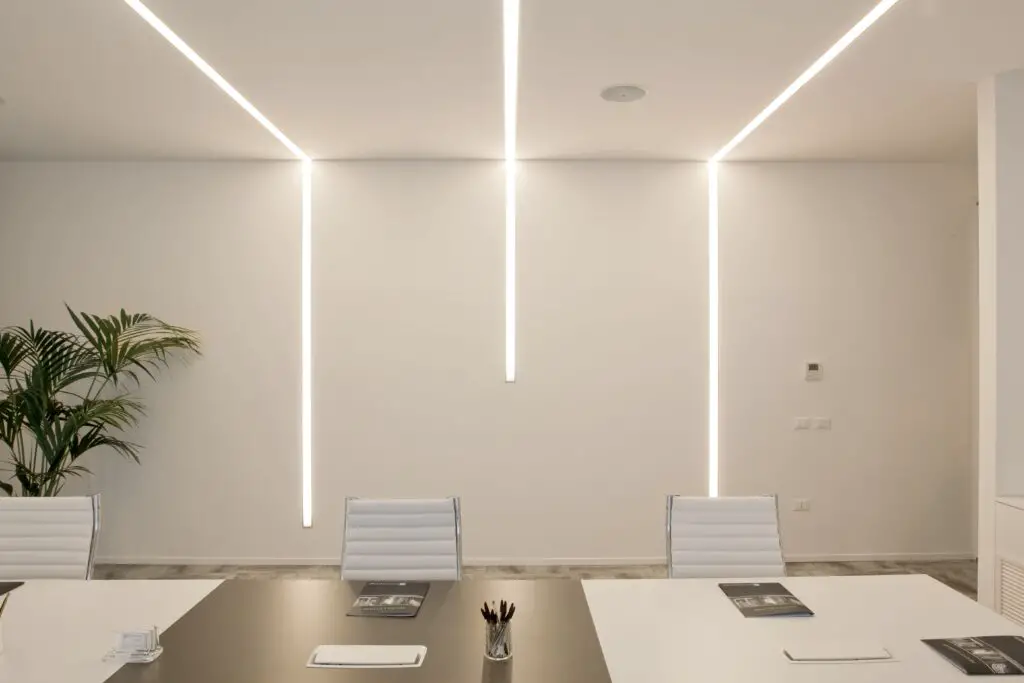
How does a lighting designer work?
“A Lighting Designer is in charge of all the lighting aspects of a theatre production – from what types of light are put where in the theatre, to how brightly those lights are turned on during the show, to what colour they’re in, to how they’re focused and to the overall stage picture.
A lighting designer is a crucial figure in various fields, such as theater, architecture, film, and live events, responsible for creating visually captivating and functional lighting setups. Their work involves a careful and artistic blend of technical knowledge and creative vision.
Firstly, the lighting designer collaborates closely with the project team or client to understand the specific objectives, mood, and theme of the production or space. This initial consultation is vital in determining the lighting requirements and the desired atmosphere.
Next, the designer delves into the technical aspects, considering factors like lumens, color temperature, beam angles, and fixture placement. They select appropriate lighting equipment that suits the design and budget, ensuring that it enhances the overall aesthetic.
What is the role of lighting designers in architecture?
A lighting designer works to create an illumination scheme that will help fully realize the architect’s overall vision. Their expertise extends beyond merely illuminating a room; they craft an immersive and cohesive experience that enhances the architectural design.
One of the primary roles of lighting designers is to collaborate closely with architects, interior designers, and engineers during the early stages of a project. By understanding the architectural vision and objectives, they can develop a lighting plan that complements and elevates the building’s features. They consider factors like natural light, building orientation, and energy efficiency to create a sustainable and visually pleasing environment.
Moreover, lighting designers possess an in-depth understanding of lighting fixtures, technologies, and control systems. They carefully select and position lighting elements to achieve the desired atmosphere, whether it’s soft and inviting for a residential space or vibrant and dynamic for a commercial setting.
Beyond aesthetics, lighting designers also focus on functionality and safety. They ensure that spaces receive adequate illumination for tasks while avoiding glare and shadows that could impede productivity or cause discomfort. In public areas and exterior spaces, they prioritize security and create well-lit environments to enhance safety.
Additionally, lighting designers stay updated with the latest advancements in lighting technology, such as LED and smart lighting systems. By integrating cutting-edge solutions, they contribute to energy-efficient designs, reducing a building’s environmental impact and operating costs.
What are 2 practical skills a lighting designer needs?
Time management: Lighting designers often work with strict deadlines. They can use time management skills to ensure they complete all their tasks so the production can operate correctly. Creativity: A lighting designer may use creativity to plan the lighting for a production.
Lighting design is a critical aspect of creating captivating and functional environments, whether it’s for theater productions, architectural spaces, or events. To excel in this dynamic field, lighting designers require a diverse skill set. Two practical skills that stand out as essential are:
Technical Proficiency
Lighting designers must possess a strong understanding of lighting equipment and technology. This includes knowledge of various types of lighting fixtures, their capabilities, and how to operate and maintain them effectively. Proficiency in lighting control systems and software is also crucial for creating intricate lighting designs with precision. The ability to troubleshoot technical issues quickly ensures seamless performances or events without interruptions.
Creative Vision
Alongside technical expertise, a lighting designer needs a keen artistic flair and creative vision. These two practical skills are the foundation for success in the ever-evolving world of lighting design.
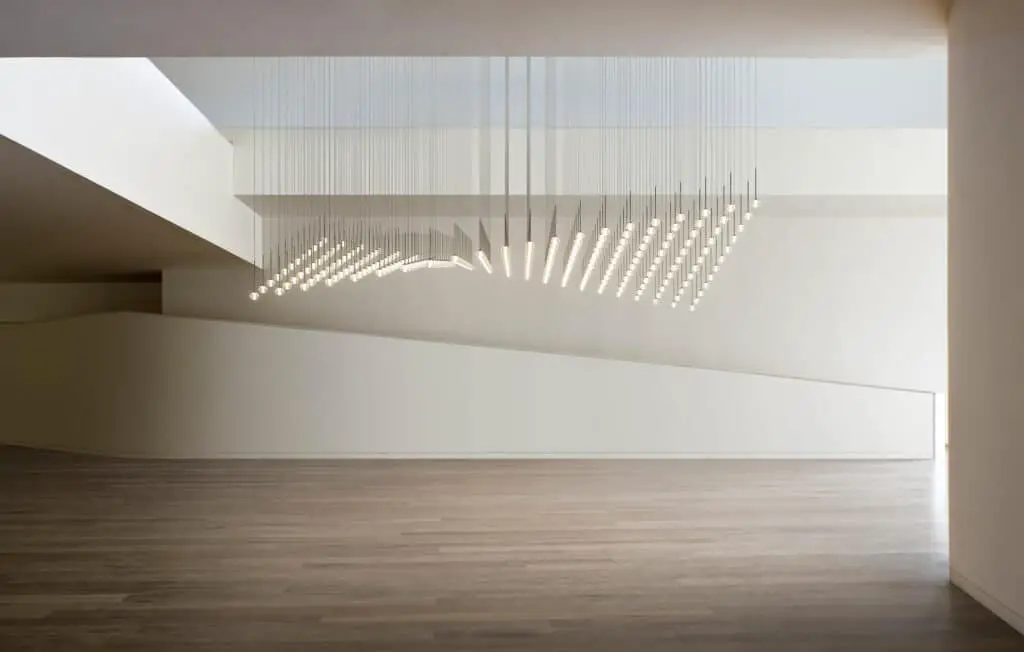
Conclusion
To sum up, mastering the art of measuring water supply line size is essential for anyone involved in plumbing or water-related projects. With accurate measurements, you can ensure optimal water flow and system efficiency, reducing the chances of wastage and pressure issues. The techniques discussed in this guide provide valuable insights into making precise measurements and making informed decisions during installation or maintenance.
To wrap up, the significance of accurately measuring water supply line size cannot be overstated in the realm of plumbing and water management. Through this guide, we’ve highlighted various approaches to determine dimensions effectively, emphasizing the lighting design importance of precision for optimized water flow and system performance. By implementing these insights, you can embark on your plumbing projects with confidence, knowing you have the expertise to handle water supply line sizing with proficiency.
Designing landscape lighting is an art that combines functionality, aesthetics, and safety. By carefully assessing your landscape, defining your goals, selecting the appropriate techniques and fixtures, and planning the layout, you can create a stunning outdoor space that can be enjoyed during the day and night.



